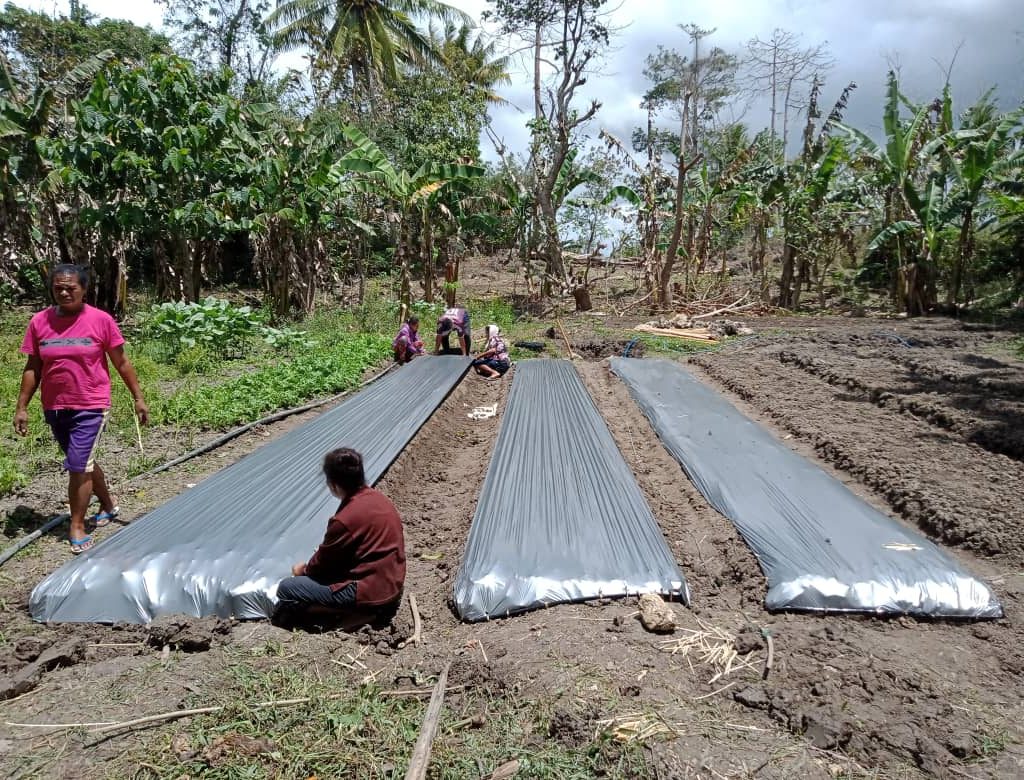Whether you’re a company looking for a charity to support as part of your corporate social responsibility (CSR) initiatives – or a family wanting to make a difference through regular donating, choosing a charity to support requires careful consideration.
With so many worthwhile causes to support during these challenging times, the selection process can be a difficult one. To streamline this decision, we have created a guide covering the factors that most require consideration when choosing a charity to support.
1. Choose a cause
Would you like to support an organisation focused on animal welfare, the environment, sports, education, medical research, children – or something else entirely?
When choosing a charity cause, several factors come into play. These include considering what you are most passionate about, the community that you would most like to support, and what cause most resonates with your own beliefs.
2. Research charities supporting your chosen cause
Let’s say you have decided to support a charity focussed on the welfare of children. The next step is to create a list of charities which belong to this cause. These could include charities that target child poverty, or provide child protection services.
One great example of this type of charity is ChildFund Australia. ChildFund Australia is a part of the ChildFund Alliance – one of the world’s oldest and most experienced child-focused development agencies.
3. Refine and prioritise charities
After compiling a list of potential charities to support, it’s important to refine and prioritise the charities according to your own objectives.
Think about the changes that you would most like to see implemented for your cause of choice, and assess the priorities of the charities selected in alignment with these changes.
Perhaps you grew up in a single-parent household and had to commence work early to support your household. Or, you understand the importance of education and want to provide vulnerable children with the opportunity to go to school. Choose to support a charity whose mission resonates with your own experiences.
4. Review the websites of charities on your shortlist
Before committing financially, it’s important to establish the legitimacy of the charities on your shortlist. It can be helpful to review projects, testimonials, success stories and frequently asked questions on their official websites. You can also check the ACNC Register, to confirm that the charity is registered with Australia.
Published financial statements and annual reports can also be reviewed, as can any rewards or recognition received by a trusted body or authority related to the cause of choice.
After verifying the authenticity of your selected charities, it can be prudent to make a phone call to your top two or three favourites to discuss donation options.
Ask questions and see if they can provide the information you need — whether it’s further information about their annual report, or details regarding the programs on offer.
5. Volunteer
While an optional step, volunteering for a charity for a period of time can also provide firsthand experience as to how a charity operates and it’s real-world impact.
ChildFund Australia, for example, offers the opportunity to contribute to fundraising efforts. This includes options such as running a Facebook birthday fundraiser, personal fundraising event, or fundraising through school projects.
Supporting ChildFund Australia
Should you choose to support ChildFund Australia, there are a range of great donation and sponsorship options to consider.
Current priority projects include increasing COVID-19 awareness, providing hand washing stations with clean water, support of health outreach teams with vital equipment and staff.
Sponsoring a child or community can also be an effective way to contribute to ChildFund’s objectives on an ongoing basis.
Please get in touch with us today, should you wish to discuss any of the above options.






























